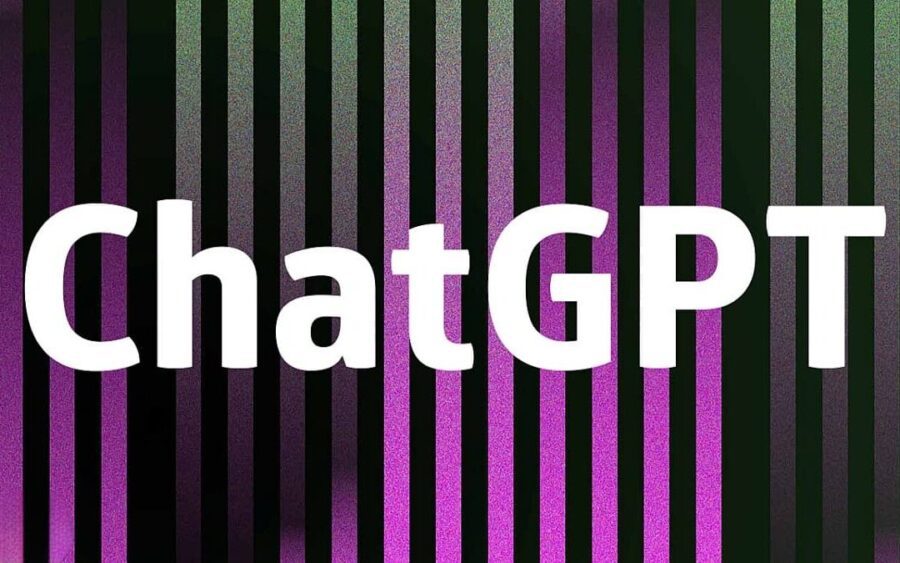
Introduction
Data Science is a vast field that incorporates several processes. From problem definition to data collection and data cleaning to data visualization, a lot of things are included in the entire data science project development process. Data Scientists are especially responsible for these tasks. They are expert professionals who are well-versed with various data science tools and techniques. And with their efforts, companies are able to drive their businesses ahead with data-driven decisions.
Now, with the introduction of LLMs like Bard and ChatGPT, the entire process has been effectively streamlined. These tools have alleviated the time spent by data scientists in rigorous coding. ChatGPT especially is a great assistance to data scientists in completing their data science projects. In this article let us see various ways in which ChatGPT can be utilized for developing machine learning models.
What is ChatGPT capable of when it comes to generating codes for data scientists?
ChatGPT is a great tool that is capable of producing texts, codes, and summarizing articles. Data Scientists can effectively leverage the power of this LLM tool to generate code snippets for common data science tasks such as loading data, preprocessing of data, model training, and evaluation.
ChatGPT can help data scientists in various processes including automating tasks, generating insights, and explaining models, as well as helping them enhance their learning experience in their data science career. Python and NumPy are some of the mandatory and top skills for data scientists. ChatGPT can help generate codes for these tools which they can practice for their data science or machine learning models.
What are the different ways in which data scientists can use ChatGPT for?
ChatGPT proves to be a valuable tool when it comes to assisting data scientists in various aspects of their work. Here are few ways:
- Quick Information Retrieval: ChatGPT can help data scientists to gather information quickly, it can help answer specific questions related to algorithms, and techniques ultimately saving a huge amount of time.
- Generating code snippets: This tool can help generate code snippets for the Python library for different processes including data segregation, filtration, etc.
- Hyperparameter tuning: ChatGPT can suggest hyperparameter settings for different machine learning models, especially when working with popular frameworks like Scikit-learn or TensorFlow.
- Data Preprocessing and Augmentation: ChatGPT can offer suggestions on data preprocessing techniques to handle missing values, feature scaling, one-hot encoding, and more. It can also provide ideas for data augmentation strategies to increase the diversity and size of the training dataset.
- Generating insights: A data scientist could use ChatGPT to generate insights from data. For example, they could ask ChatGPT to identify trends in a dataset, or to generate hypotheses about the relationship between two variables.
Few codes generated by ChatGPT for data scientists to build machine learning models
Here are examples of a few codes that data scientists can generate through ChatGPT to devise a machine-learning model:
- This code will create a linear regression model from a dataset of features and labels. The model can then be used to predict the output for new data.
import numpy as np
import pandas as pd
from sklearn.linear_model import LinearRegression
def create_model(X, y):
“””Creates a linear regression model.”””
model = LinearRegression()
model.fit(X, y)
return model
def predict(model, X):
“””Predicts the output of the model.”””
return model.predict(X)
def main():
# Load the data
data = pd.read_csv(“data.csv”)
# Split the data into features and labels
X = data[[“feature1”, “feature2”]]
y = data[“label”]
# Create the model
model = create_model(X, y)
# Predict the output
predictions = predict(model, X)
# Print the predictions
print(predictions)
if __name__ == “__main__”:
main()
- This code will create a deep learning model from a dataset of features and labels.
import tensorflow as tf
def create_model():
“””Creates a deep learning model.”””
model = tf.keras.Sequential([
tf.keras.layers.Dense(128, activation=”relu”),
tf.keras.layers.Dense(64, activation=”relu”),
tf.keras.layers.Dense(1, activation=”sigmoid”)
])
return model
def train_model(model, X, y):
“””Trains the model.”””
model.compile(optimizer=”adam”, loss=”binary_crossentropy”, metrics=[“accuracy”])
model.fit(X, y, epochs=10)
def predict(model, X):
“””Predicts the output of the model.”””
return model.predict(X)
if __name__ == “__main__”:
# Create the model
model = create_model()
# Train the model
train_model(model, X, y)
# Predict the output
predictions = predict(model, X)
# Print the predictions
print(predictions)
Conclusion
ChatGPT proves to be a valuable and versatile tool for data scientists during the development of machine learning models. It streamlines the process by providing quick information retrieval, generating code snippets, and offering hyperparameter tuning suggestions. Data preprocessing techniques and insights can be efficiently obtained through ChatGPT. By using ChatGPT, data scientists can save time and effort, and enhance their learning experience. The provided code examples demonstrate how ChatGPT can assist in building both linear regression and deep learning models. With ChatGPT’s support, data scientists can accelerate their workflow and make more informed decisions throughout the data science project development process.
